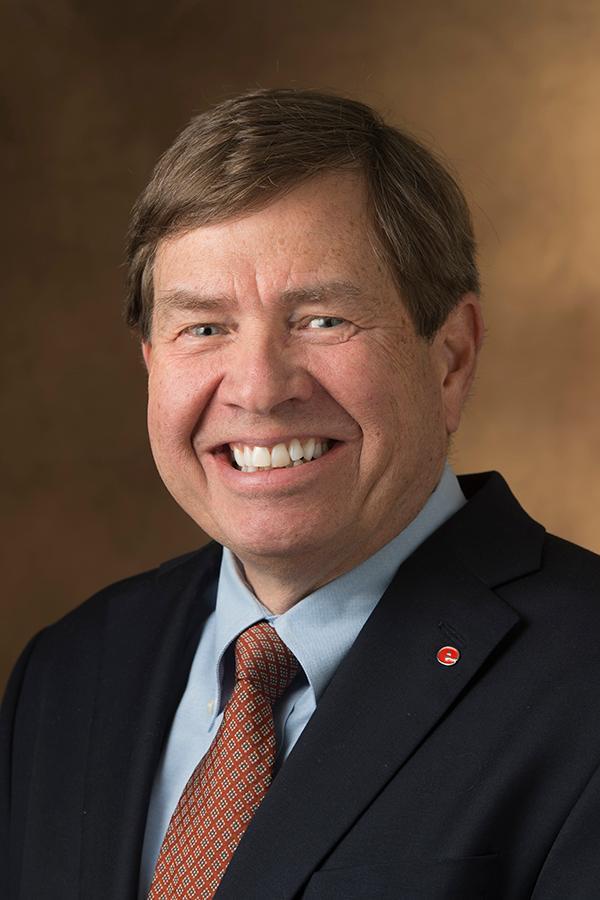 During this wild and unpredictable presidential election, third parties could play a critical role in determining whether we elect Hillary Clinton or Donald Trump as president.
During this wild and unpredictable presidential election, third parties could play a critical role in determining whether we elect Hillary Clinton or Donald Trump as president.
Third political parties often have an impact on our presidential elections, but during a voter realignment like we are experiencing today, third parties can not only determine who wins the election, but also shape the future of elections yet to come.
Get The Latest News!
Don't miss our top stories and need-to-know news everyday in your inbox.
Currently, Gary Johnson of the Libertarian Party is polling around 8.4 percent of likely voters, and Jill Stein, the Green Party candidate, is attracting about 3.2 percent of voters. Neither candidate has much of an opportunity to win the election outright, and neither would likely deny Clinton or Trump an Electoral College majority and throw the election into the House of Representatives.
Nevertheless, separately or together, Johnson and Stein could draw enough voters away from either Clinton or Trump to result in the other winning. Equally important, the Libertarian or Green parties could serve as a “half-way” house for voters as they switch party allegiance between the Democrats and Republicans.
To more fully understand how third political parties could affect this year’s contest, it is helpful to look back at what has happened in the past.
In 1912, Teddy Roosevelt ran as a third-party candidate under the label of the Progressive, or “Bull Moose,” Party. He ran a very competitive campaign, capturing 27 percent of the popular vote and 88 electoral votes. Roosevelt drew enough votes away from Republican incumbent William Howard Taft that Democrat Woodrow Wilson won the election, only the second Democrat to win the presidency since the Civil War.
More recently, Ross Perot’s 1992 third-party run also played an important role in the final outcome of the election. The Independent Party candidate, Perot attracted 18 percent of voters, taking enough votes away from Republican President George H.W. Bush that Democrat Bill Clinton was able to win the presidency.
Third-party candidates don’t always have to win large numbers of voters to impact the presidential race. In 2000, Ralph Nader, the Green Party candidate, received only 2.7 percent of the vote yet he made it possible for Republican George W. Bush to win the election. While Nader pulled voters away from both George W. Bush and Democrat Al Gore, his candidacy affected Gore more in the critical state of Florida. The difference was enough that Bush secured a narrow 537-vote majority in Florida, giving him the electoral votes he needed to become president.
Third parties can also shape future elections. In 1968, George Wallace ran a highly visible campaign as the American Independent Party candidate. He attracted a little more than 13 percent of the popular vote but had little impact on the election as Richard Nixon easily captured a majority of the Electoral College.
Nevertheless, Wallace’s third-party campaign was important. He served as a “half-way” house for many Democrats, especially Southern Democrats, as they began the process of switching to the Republican Party. These voters were the beginning stage of a realignment that fueled Ronald Reagan’s election 12 years later.
A more complicated example of how a third party can shape future elections is the formation of the Republican Party in the 1850s. The Whig Party began disintegrating during a voter realignment, its supporters drifting off to other parties and factions. Many former Whig voters joined the Prohibition Party and then the American or Know Nothing Party. In the congressional elections of 1854 and the Illinois state elections of 1855, the Republican Party was a minor third party.
By the 1856 presidential election, though, the Republicans had gained enough voter support that they contended with the Know Nothings as the major opposition to the Democratic Party. By 1860, the Republican Party counted among its supporters so many former Whig and Know Nothing voters that it was able to sweep the North and capture the White House and a majority in Congress.
The Whigs, Know Nothings and Republicans illustrate how a third party can serve as a “half-way” house as voters leave one party and move to another. A minor party can profoundly influence future elections by replacing one of the major two parties during a realignment.
]Some people fear they are “wasting” their vote by voting for a third-party candidate. History has shown that third parties rarely win elections in the U.S. History also shows that third parties often play a pivotal role in determining who wins the election -- especially during a voter realignment.
Stephen Hansen is a retired dean and professor of American History at Southern Illinois University Edwardsville, where he also served as the Interim Chancellor. shansen@siue.edu.
The views and opinions expressed in this article are those of the authors and do not necessarily reflect the views and opinions of RiverBender.com/EdGlenToday.com.
Opinions expressed in this section are solely those of the individual authors and do not represent the views of RiverBender.com or its affiliates. We provide a platform for community voices, but the responsibility for opinions rests with their authors.
More like this:
